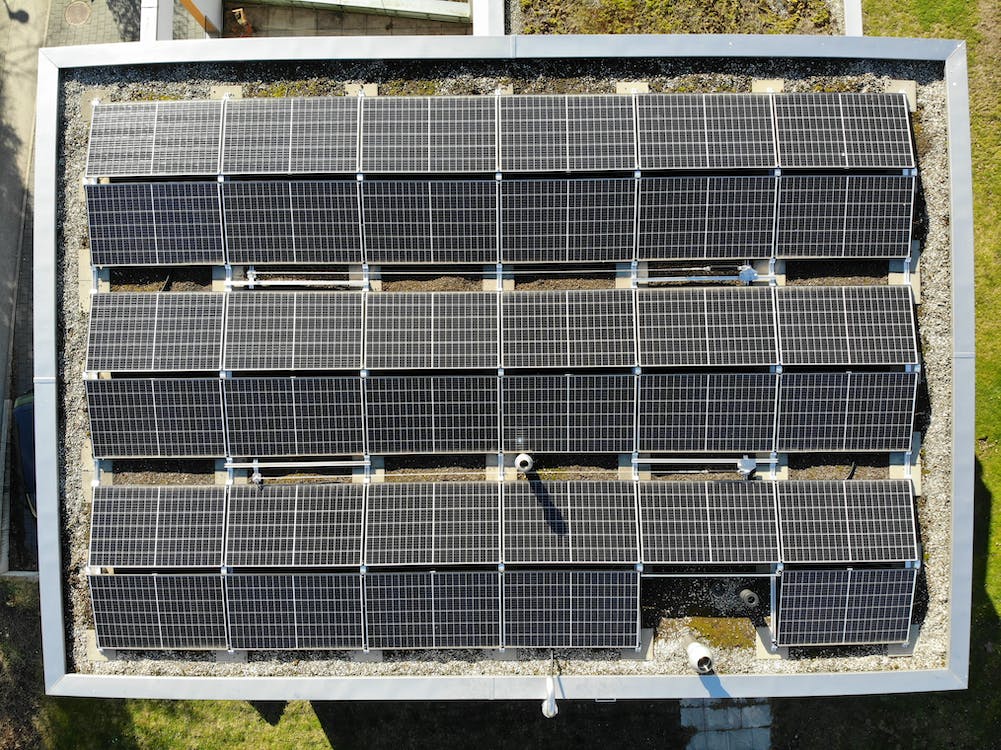
Domestic solar could add 7GW of power in England, says ECIU. Image: Pexels.
The UK’s solar capacity could rise by 7GW if all English constituencies matched Peterborough, according to the Energy and Climate Change Intelligence Unit (ECIU).
Peterborough has the highest proportion of homes with rooftop solar panels, according to UK government statistics. If this proportion was matched across England, it would add 7GW – over twice the capacity of Hinckley C nuclear power station which will output 3.2GW when operational.
Peterborough came top among English constituencies for the number of domestic solar systems deployed, with 6,744 in total – the equivalent of rooftop solar on more than one in six (17%) of homes in the constituency.
“Areas right across the country including Swindon, Exeter, Nottingham, Portsmouth, Tyneside and Liverpool are in the top ten areas for numbers of solar PV systems installed under government schemes which target social housing and those struggling most with bills,” the ECIU said.
Jess Ralston, energy analyst at the Energy and Climate Intelligence Unit said: “The gas crisis has taught some UK households a harsh lesson, with an 82% increase in solar panels installed in the first half of 2023 compared to last year. Brits are doing their bit to bring down bills and boost energy security by reducing the amount of gas we need the price of which is set to stay much higher than before the crisis. And solar is popular across the country, with government schemes helping to deliver solar into people’s homes to ease the cost of living crisis.”
“The rest of the world is going gangbusters on rooftop solar too – installations grew by about half in 2022 – and neither the installation rates nor cost decreases show any sign of slowing down. More solar could improve energy security by lessening the UK’s reliance on gas for power,” Ralston added.
Referencing data from a 2022 report by the UK Warehouse Association, the ECIU added that solar capacity on commercial properties such as warehouses, stands at 15GW. Combined with Peterborough levels of domestic solar, expanded commercial solar could deliver an additional 22GW capacity – equivalent of the capacity of almost seven nuclear power stations.
Construction analysts Barbour ABI’s research team have also recently found that warehouses could create up to 25GWp of new rooftop solar capacity.
However, the warehouse industry has reported that it is currently difficult to get commercial roof top developments connected to the grid.
The ECIU says that 22GW of extra capacity could create 20TWh of electricity a year, which would be significantly cheaper than burning gas to make electricity.
With gas prices remaining high, this amount of solar generation could save the UK from buying around £450 million of gas every year, which adds up to savings of around £1,000 for each household by 2050, the ECIU says.

